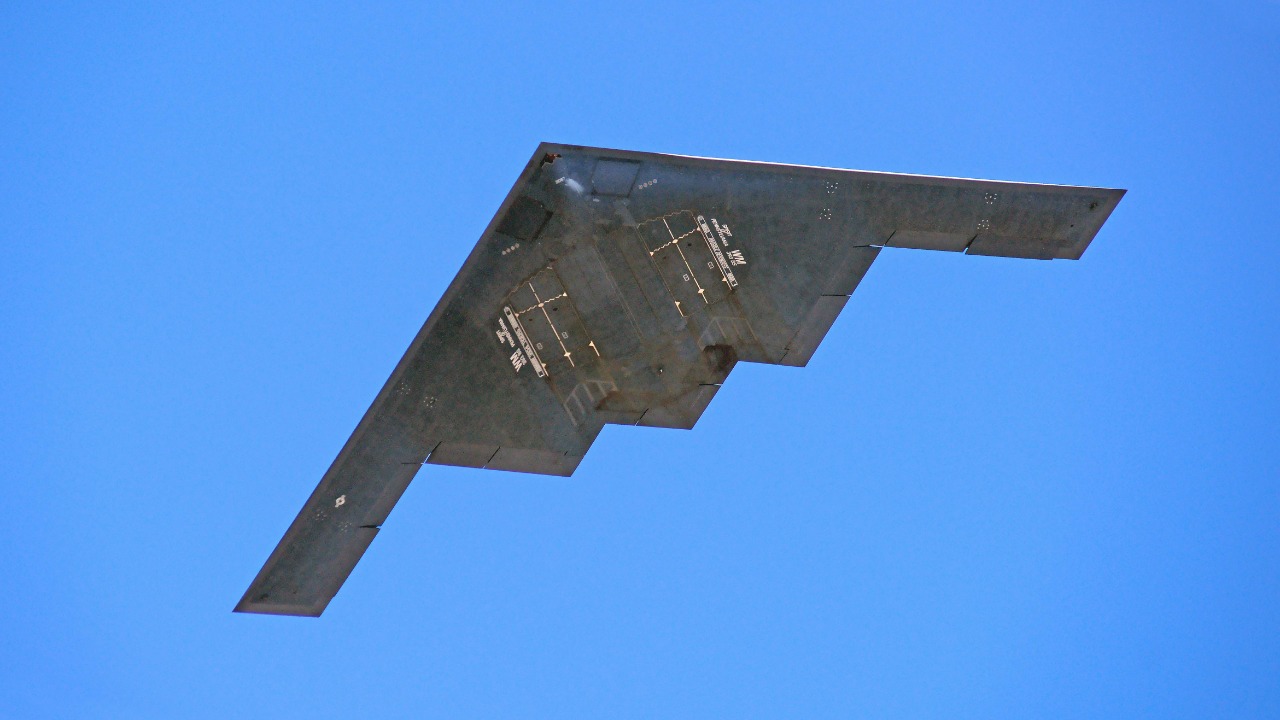
The use of computer simulations in military strategy has become a pivotal tool in preparing for potential conflicts. These programs provide a virtual battleground where scenarios can be tested and refined, allowing military leaders to anticipate outcomes and reduce risks. Through a blend of historical evolution and cutting-edge technology, war simulations have emerged as essential components in strategic military planning.
The Historical Evolution of War Simulations
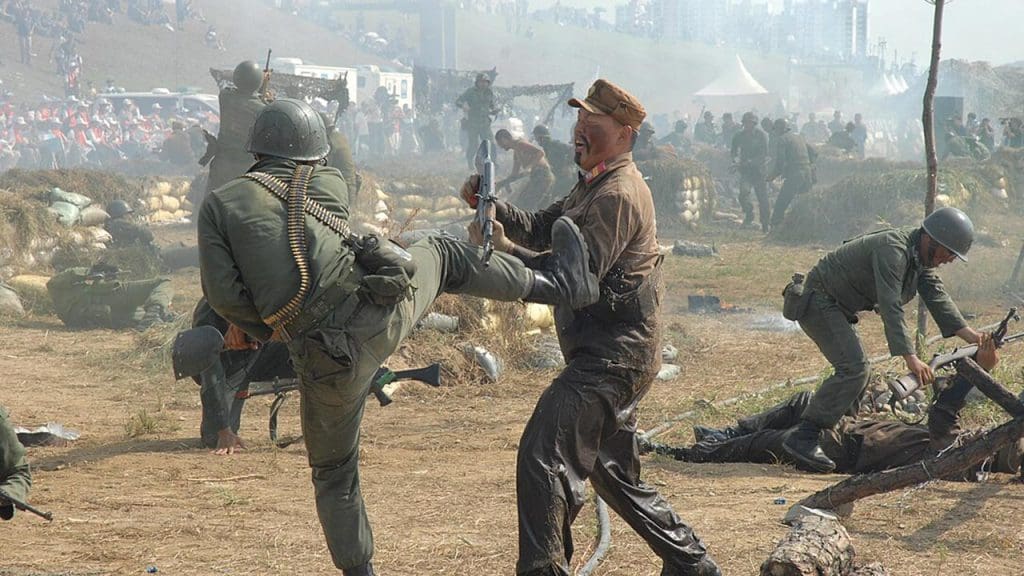
War simulations have a storied past, with roots tracing back to traditional war games that served as the foundation for modern digital models. These early simulations were rudimentary but crucial in understanding battlefield dynamics without the immediate consequences of real-life warfare. As technology advanced, so did the complexity and applications of these simulations. Explorations into the history of war simulation reveal a fascinating journey from board games to sophisticated computer programs.
During the Cold War, simulations played a critical role, often serving as deterrents in the tense political climate. An infamous incident during this era involved a simulation that almost triggered World War III, highlighting the delicate balance of power and the potential ramifications of simulated scenarios. This near-catastrophe underscores the importance of precision and oversight in simulation development. Today, advancements in technology continue to push the boundaries, allowing for more realistic and multifaceted simulations that consider a wide array of variables.
Technological Frameworks Behind Modern War Simulations
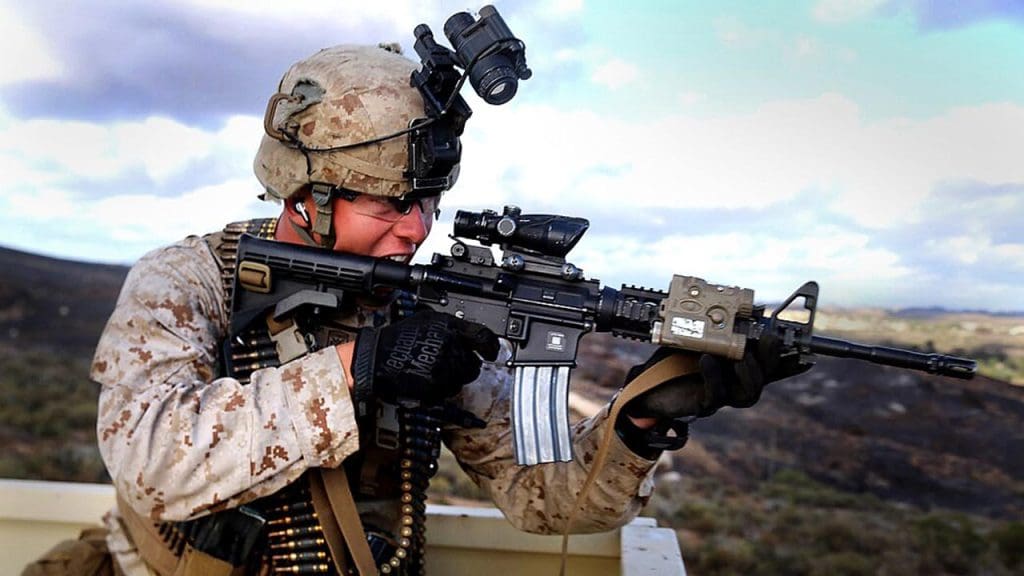
Modern war simulations rely heavily on core technologies such as artificial intelligence, machine learning, and virtual reality to create immersive and dynamic environments. These technologies enable the modeling of complex scenarios that were previously unimaginable, providing military strategists with invaluable insights. By incorporating these elements, simulations can predict potential outcomes with greater accuracy, offering a strategic advantage in military planning.
The integration of real-world data is another crucial aspect of current war simulations. By feeding live data into models, simulations can reflect real-time changes and provide up-to-date analyses. This integration enhances the predictive capabilities of simulations, making them indispensable tools for military decision-makers. Various case studies demonstrate the effectiveness of these programs, showcasing their applications in diverse military scenarios.
Strategic Applications and Benefits
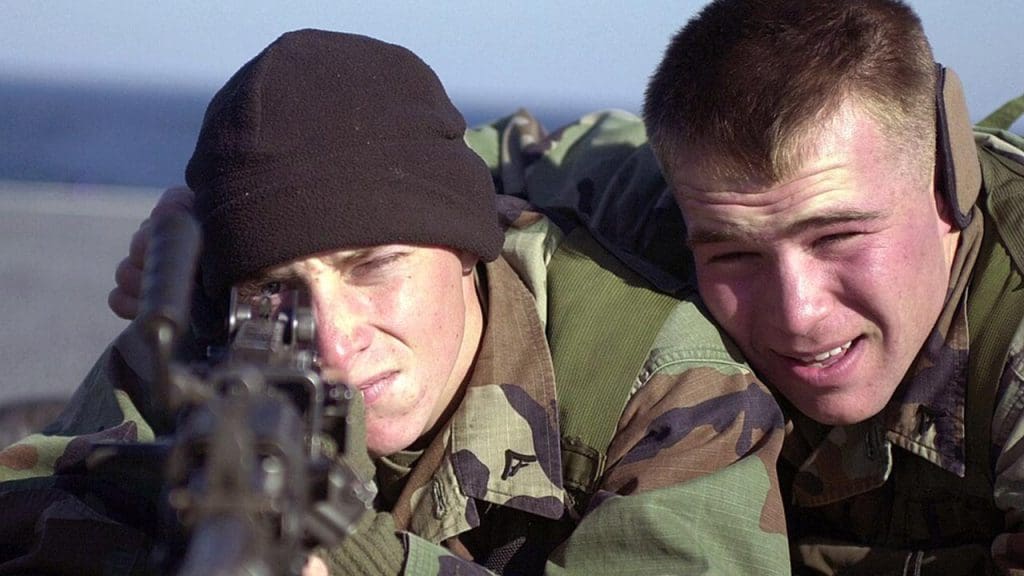
War simulations offer significant benefits in strategic military planning by supporting decision-making processes. They allow military leaders to explore different strategies and assess their potential outcomes, thus helping to make informed decisions that can save lives and resources. Additionally, simulations play a vital role in training military personnel, providing a safe environment to practice skills and prepare for a wide range of combat scenarios.
Risk assessment is another critical application of war simulations. By modeling various scenarios, simulations can help identify potential risks and devise strategies to mitigate them, minimizing collateral damage and ensuring more efficient operations. This aspect of simulations is particularly valuable in today’s complex geopolitical landscape, where understanding the implications of military actions is more important than ever.
Ethical and Practical Implications
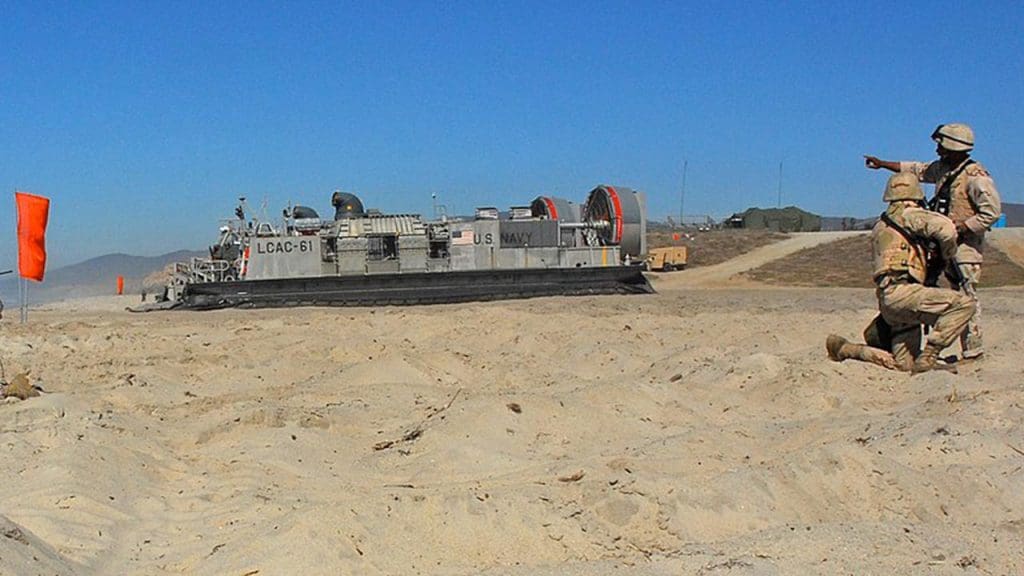
The use of war simulations is not without its ethical concerns. One of the primary ethical dilemmas is the potential for desensitization to real-world violence, as repeated exposure to virtual conflict may alter perceptions of warfare. Additionally, simulations must navigate the fine line between preparing for conflict and inadvertently encouraging aggressive strategies.
Despite their benefits, current simulation technologies face limitations and challenges. Developing accurate and reliable simulations requires substantial resources and expertise, and there is always the risk of over-reliance on these tools. Future prospects for war simulations are promising, with ongoing advancements expected to enhance their accuracy and applicability, potentially reshaping military strategy and global security dynamics.
Cultural and Media Representation
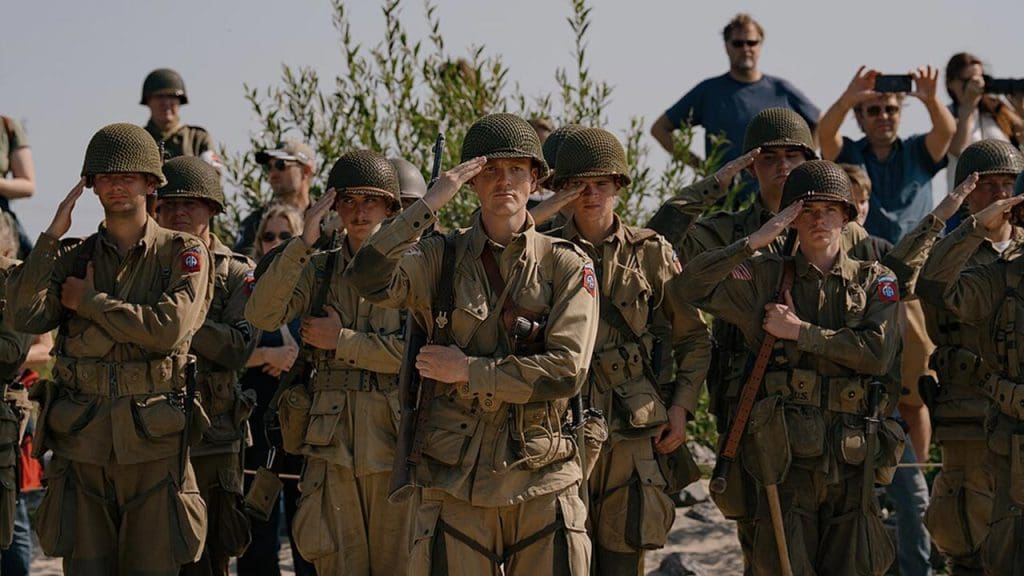
War simulations have permeated popular culture, often depicted in films and documentaries. These portrayals can shape public perception, providing insight into the complexities and stakes of military strategy. For instance, the recent portrayals of simulated coup scenarios in documentaries highlight the intricate planning involved in military operations.
Media representations can also influence public understanding, either by accurately reflecting the challenges of military simulations or by oversimplifying their complexity. In educational settings, simulations serve as valuable tools for teaching strategic thinking and critical analysis in conflict scenarios. For example, simulation events in academic contexts demonstrate their broader applicability beyond military use, underscoring their potential to foster strategic thinking and preparedness.